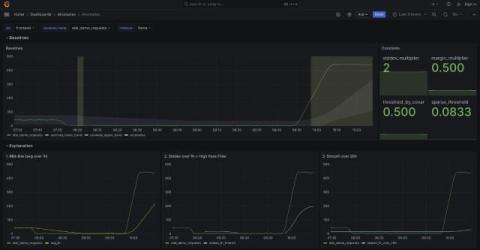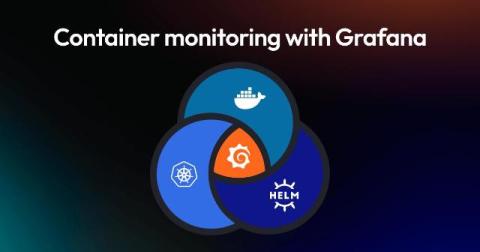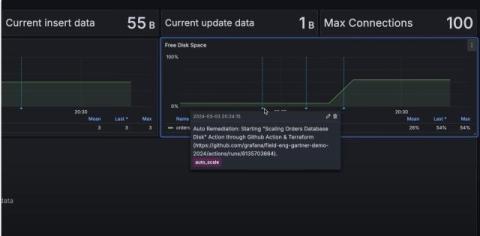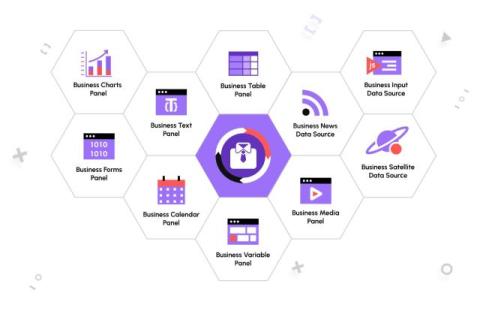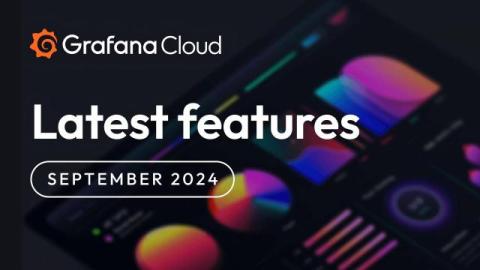All about Explore Logs for Grafana Loki (Loki Community Call October 2024)
In this Community Call, Senior Software Engineer Trevor Whitney talks to us all about Explore Logs for Grafana Loki, an open-source app for visualizing logs from Loki in Grafana without needing to learn and write LogQL queries. He is joined by Senior Developer Advocates Nicole van der Hoeven and Jay Clifford. Community Calls are monthly meetings that are open to everyone interested in the development of Loki. They are an opportunity for software engineers working on Loki to discuss new features as well as for open-source users of Loki to ask questions.



